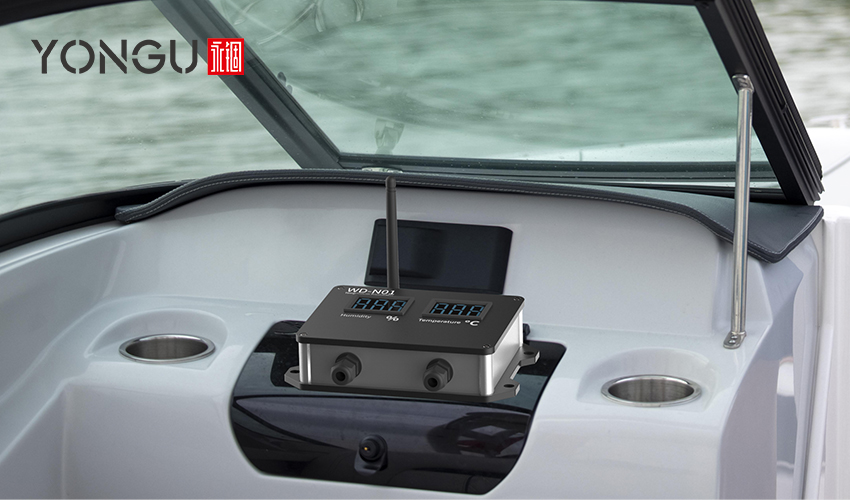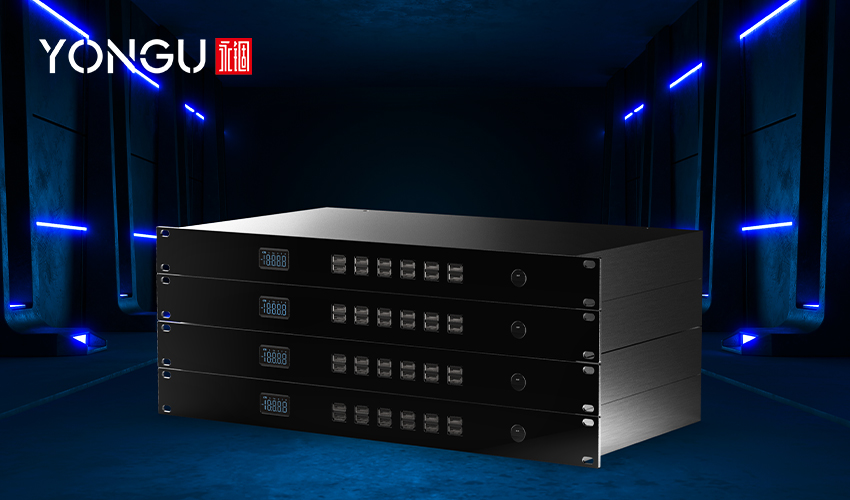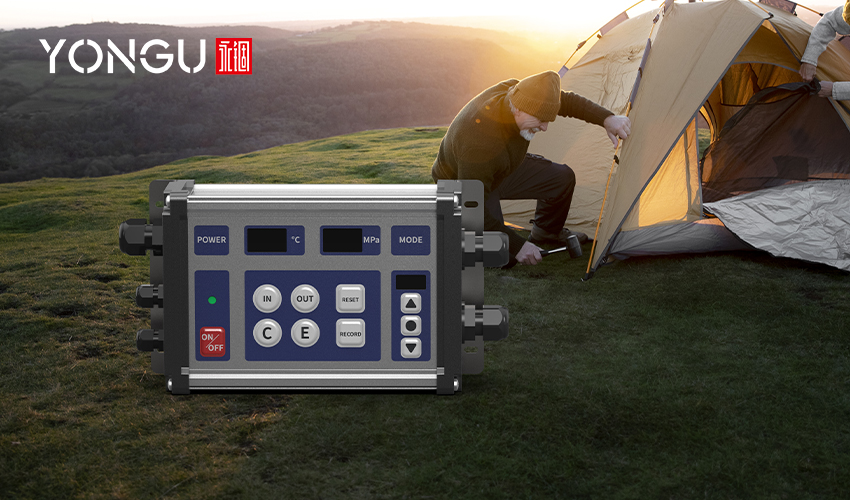Considering the rate at which technology is progressing, electrical enclosures that are both functional and cutting-edge are more vital than ever. Saving lives and preventing billions in equipment and running expenses is a primary consideration when selecting an electrical enclosure type for indoor and outdoor use.
Exactly what properties distinguish an outdoor enclosure from an indoor enclosure? Enclosures designed for use indoors are very different than those designed for use outside. In this post, we'll outline the distinctions so that readers may get a firm grip on the topic.

NEMA & IP RATING
For industrial uses, the National Electrical Manufacturers Association (NEMA) offers a grading system for electrical enclosures. Enclosure ratings, from 1 to 13, indicate against what kinds of dangers the structure might be up against.
As a rule, NEMA Type 1, 2, 12, or 13 is assigned to indoor enclosures. Depending on the grade, they prevent debris such as dirt and dust, liquids such as drips and splashes and airborne particles. It is because, unlike outdoor enclosures, interior enclosures have no gaskets on the apertures and are therefore well-ventilated, resulting in the grades mentioned earlier.
The NEMA standards provide Types 3, 4, 5, and 6 for outdoor enclosures and Types 7 through 11 for use in potentially hazardous environments.
The suitable enclosure spec relies on temperature, humidity, elevation, corrosion, etc., but options range from NEMA 3R enclosure up to NEMA 4X enclosure. A NEMA 3R, designed to prevent corrosion, cannot be used in a tropical rainforest near the sea, but it may be used in a high-altitude desert with a space heater.
Manufacturers widely use Ingress Protection (IP) standards to resist dust and water. Common ratings for indoor enclosures are IP42, whereas those for outdoor use are IP65, as IEC standard 60529.
Indicating protection from dust and other particles, an IP rating of 40 is usual for instrument cases that aren't meant for outdoor usage; IP67 is also not uncommon. Power supply enclosures often have "lower" IP classifications, such as IP20 or slightly higher, to allow for ventilation and heat dissipation while preventing unwanted intrusion from tools and hands. The housings of these devices are often tamper-proof and resistant to corrosion and abrasion, among other extra safety features.
You can utilize an outdoor enclosure indoors; however, the further safeguards on outdoor enclosures also increase the price. Considering the enclosure's intended environment and the ratings might help you avoid over-protecting it with extreme measures.

CONSTRUCTION & DESIGN
The primary considerations for enclosure design and construction include:
- Rigidity and strength
- Heat dissipation management
- The ability to regulate airflow and water vapour
- Managing the flow of liquid water
- Materials' stability and durability
- Incendiary hazards
- Budget
- Aesthetic value
However, this does not negate the superior construction of interior enclosures. But, they are not required to withstand the elements prevalent in outside settings, such as strong winds, heavy rain, or falling debris. They're not as sturdy and aren't put through as much bending stress testing.
Materials with a smaller gauge and potentially even materials such as stainless steel can be used to construct indoor enclosures. Steel is a durable metal, but it corrodes more efficiently than aluminium or galvanized steel, so it's better suited for indoor uses. Heavy-duty polymers are also sometimes used for indoor cabinets.
Second, indoor enclosures do not often require additional security measures because they are already located in a safe area. Taking extra precautions against vandalism is necessary since outside enclosures are sometimes situated in unsafe and unmonitored regions. Door locks and alarms are two examples of these precautions.
Enclosures vary in terms of their ruggedness and security measures based on the conditions in which they will operate.
When opposed to outdoor, indoor enclosures need to be more aesthetically pleasing owing to their constant need to attract attention. However, outdoor enclosures are more costly than interior ones because of their high IP and NEMA ratings and the required accessories.

ACCESSORIES
The NEMA or IP classification and design of a device are based on the expected operating conditions. The operating conditions also determine the extra accessories required to safeguard the equipment within. Cabinets' NEMA or IP ratings, as well as their general layout and construction, will vary widely depending on whether they are intended for indoor or outdoor use.
Extras aren't often needed to be added to interior cabinets to fulfil their function.
Nonetheless, there is a broad selection of add-ons for outdoor cabinets. Several frequent ones are:
- Grounding systems
- Climate control systems & insulation
- Aggregate shelter exterior
- Surge protection
- Door alarms
Although it is possible to equip indoor cabinets with many of the same components, doing so is uncommon because it is typically unnecessary.
We may provide you with an interior cabinet for power supply termination or a series of outdoor enclosures or shelters for your network switches. We at YONGUBOX are committed to delivering customized integrated enclosure solutions for businesses of all sizes.
Be confident that our staff will collaborate with you to choose the best cabinet enclosure and accessories for your needs.
The YONGU M Series, which consists of roughly 11 distinct types, is a line of highly flexible, cost-effective enclosures, including
The following characteristics are common.
For further information and customized product of your requirements, please follow our FACEBOOK for more updates and informations.
You can also contact us at +86 13326782625 or write us [email protected].
We may provide you with an interior cabinet for power supply termination or a series of outdoor enclosures or shelters for your network switches. We at YONGUBOX are committed to delivering customized integrated enclosure solutions for businesses of all sizes.
Be confident that our staff will collaborate with you to choose the best cabinet enclosure and accessories for your needs.
The YONGU M Series, which consists of roughly 11 distinct types, is a line of highly flexible, cost-effective enclosures, including
- IP67 & IP68 Aluminium & Waterproof Boxes
- weatherproof electrical boxes
- outdoor electrical junction boxes
- waterproof junction boxes
- outdoor electronic boxes
The following characteristics are common.
- The dispensing ring is excellent at keeping waterproof and dustproof properties while sturdy enough for heavy-duty use.
- The unpolished interior surfaces can be used to achieve conductivity.
- Shock-resistant, die-cast aluminium casing.
For further information and customized product of your requirements, please follow our FACEBOOK for more updates and informations.
You can also contact us at +86 13326782625 or write us [email protected].



